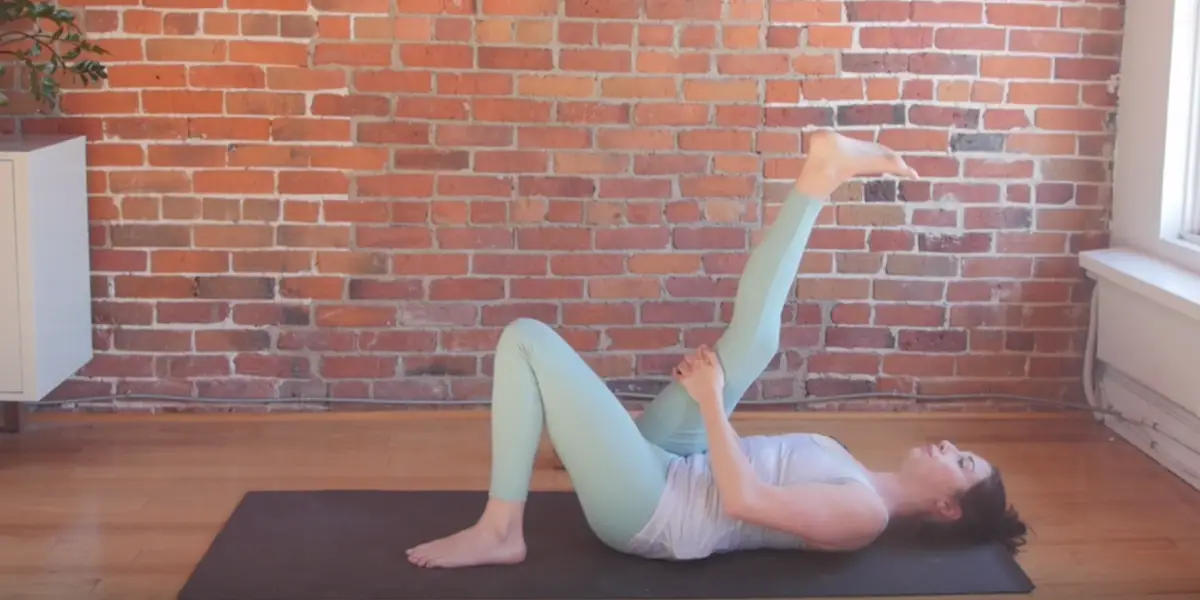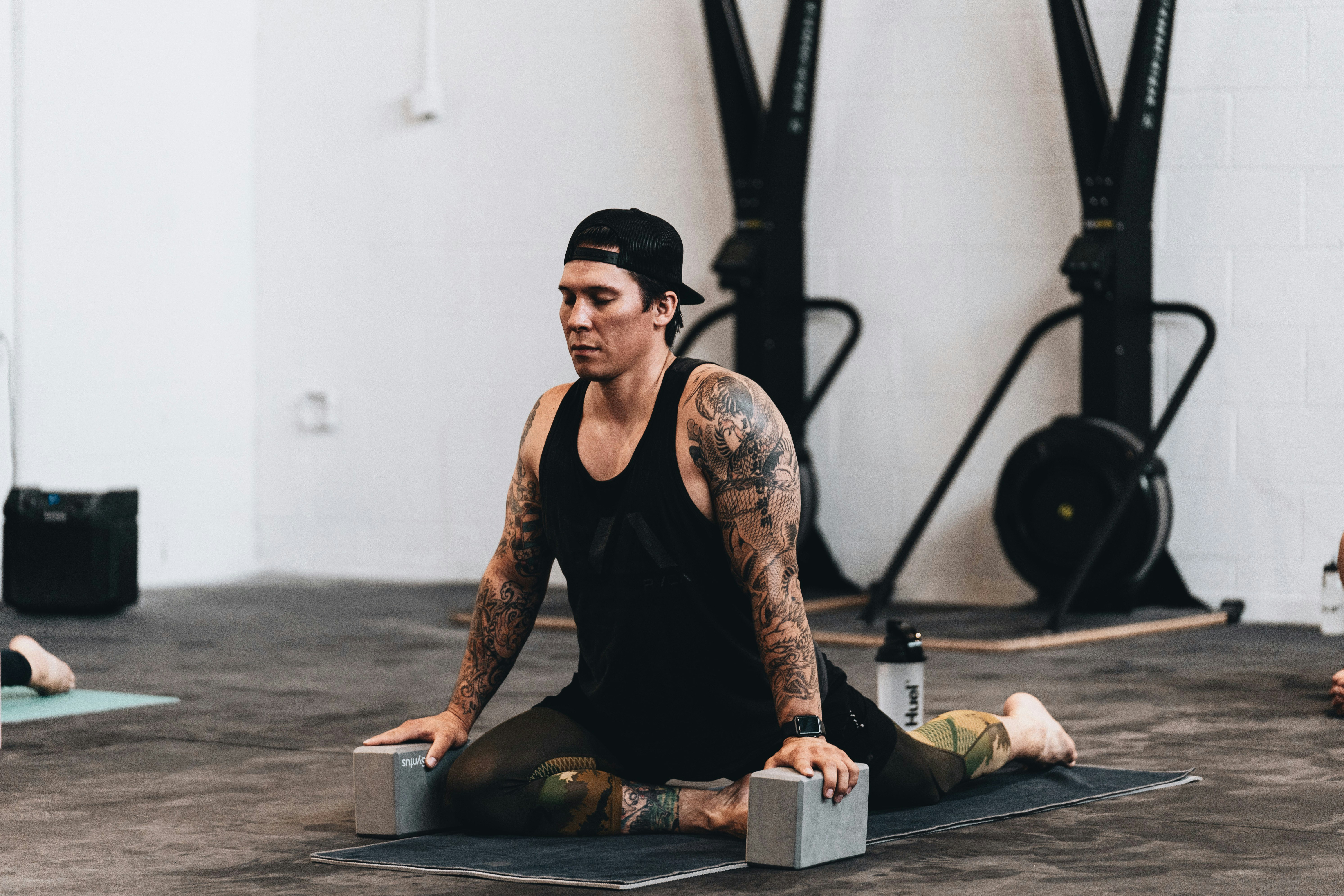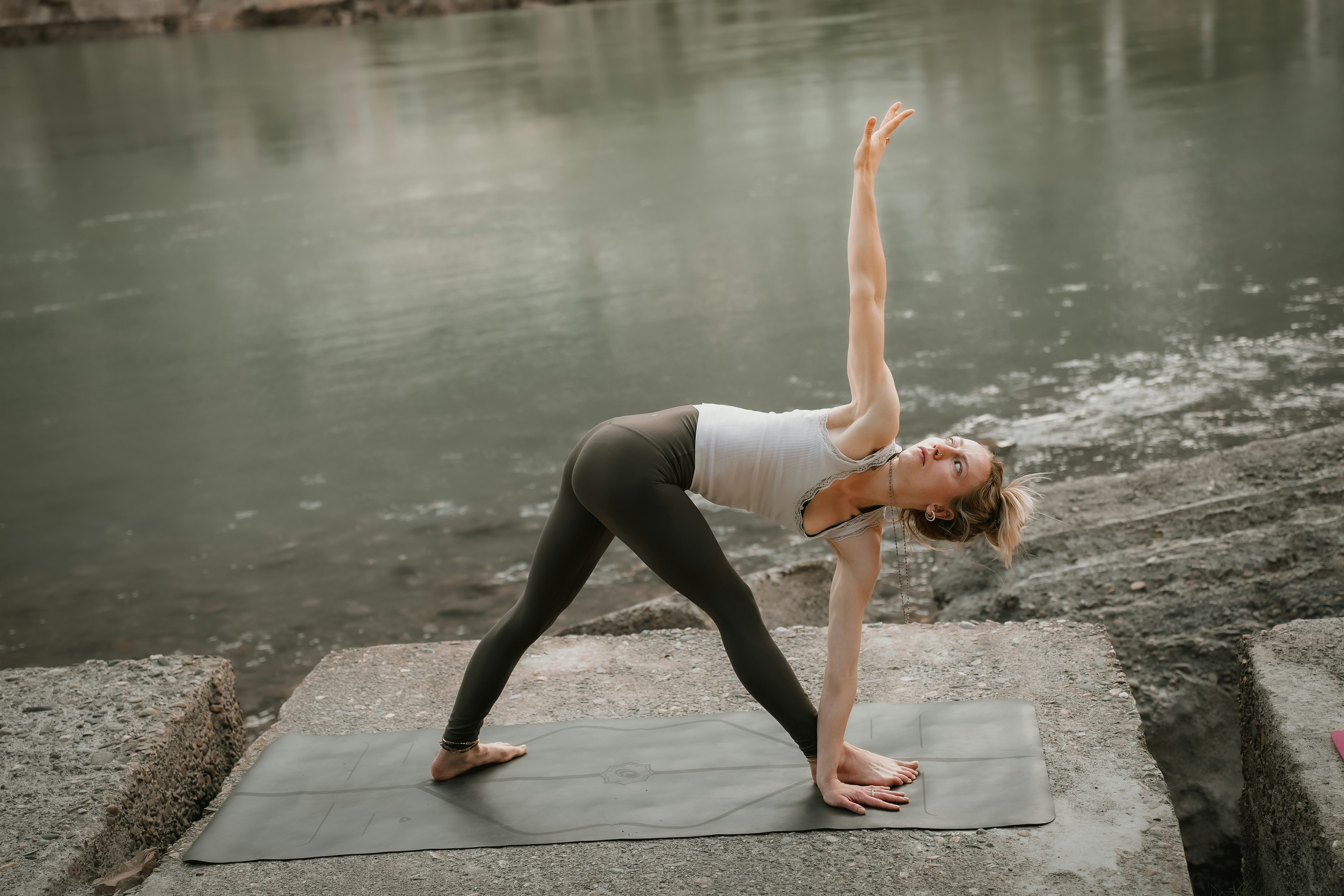The Yoga League
How Social Media Is Transforming Yoga—for Better or Worse

The Impact of Social Media on Yoga
Yoga has been practiced for thousands of years, traditionally in quiet spaces free from distractions. Today, however, social media has brought yoga into the digital spotlight. Platforms like Instagram, Facebook, and YouTube have transformed how yoga is shared, practiced, and understood. As someone who practices yoga regularly, I’ve experienced both the inspiration and the challenges that come from this shift. In this article, I’ll explore the powerful influence of social media on yoga and how to stay rooted in mindfulness as our practice evolves online.
How Social Media Expanded Yoga’s Reach
Before the digital age, yoga classes were typically held in studios, retreat centers, or homes. While these in-person spaces remain vital, social media has dramatically expanded yoga’s reach. Instagram and YouTube, in particular, have created global communities of yoga practitioners and teachers. I discovered yoga through YouTube videos, where I could learn from instructors around the world, each with their own approach and energy.
Now, yoga is available at any time, in any place. From quick tutorials to full-length classes, social platforms offer access to a variety of yoga styles and instructors. This accessibility has been a turning point in my journey, allowing me to explore everything from restorative flows to power yoga—all without needing to leave my home.
For more beginner-friendly guidance, check out The Yoga League’s post on practicing yoga at home.
The Positives: Community, Access, and Awareness
1. Easier Access to Yoga Resources
Thanks to social media, yoga is more accessible than ever. I can find guided practices, breathwork sessions, or quick pose tutorials at any hour. Whether I have 15 minutes or a full hour, there’s always something that fits my schedule and energy level.
For those without access to local studios or trained instructors, this digital accessibility is a game-changer. Free content, virtual challenges, and online classes have opened the door for people of all backgrounds to begin or deepen their yoga journey.
2. Building a Supportive Global Community
Yoga may be an individual practice, but social media turns it into a collective experience. Online, I’ve found a sense of connection with practitioners around the world. Sharing experiences, challenges, and growth builds motivation and a sense of belonging. Through hashtags like #yogachallenge, I’ve even made new friends who support and inspire each other’s progress.
3. Increasing Mental Health Awareness
Perhaps the most meaningful shift I’ve seen is the growing focus on yoga for mental health. Instructors and practitioners are using social media to discuss yoga’s role in managing anxiety, stress, and emotional well-being. These conversations have helped me—and many others—view yoga as more than physical exercise. It’s a holistic practice that nurtures the body and mind.
According to Harvard Health, yoga supports mental clarity and emotional regulation.
The Challenges: Pressure, Misinformation, and Overload
1. The Pressure to Perform
Scrolling through social media, it’s easy to see yoga content that highlights only advanced poses. As a beginner, I often felt insecure watching perfect handstands or deep backbends. This performance-driven culture can shift the focus away from presence and self-acceptance.
However, yoga isn’t about achieving a perfect pose—it’s about tuning into your breath, your body, and your moment. I’ve learned to celebrate progress over perfection and remind myself that everyone’s journey is different.
2. Misinformation and Risk
Not all yoga content online is accurate or safe. I’ve seen influencers demonstrate complex postures without proper instruction or context. For new practitioners, this can be misleading—and even dangerous.
Because of that, I’m now more selective. I follow experienced teachers and certified instructors who prioritize alignment, modifications, and safety. It’s important to learn from sources that honor the depth of yoga’s philosophy and practice.
The Yoga Alliance offers a directory of registered yoga teachers and training standards.
3. Content Overload and Distraction
The sheer volume of yoga content can be overwhelming. Instead of feeling inspired, I sometimes feel scattered or overstimulated. Too many choices can lead to indecision or burnout.
To stay focused, I’ve started curating my feed. I follow a small circle of teachers whose values and style align with my goals. This approach has helped me stay grounded and connected to why I practice yoga in the first place.
Final Thoughts: Staying Grounded in a Digital Age
The impact of social media on yoga is undeniably powerful. It has made yoga more inclusive, built strong communities, and expanded awareness of yoga’s benefits for mental health. At the same time, it has introduced challenges around comparison, misinformation, and digital overwhelm.
Even so, as practitioners, we have the ability to choose how we engage. By staying mindful of what we consume, setting boundaries, and focusing on our individual journeys, we can ensure that social media enhances rather than distracts from our yoga practice.
Ultimately, social media is a tool—not the teacher. When used with intention, it can support growth, deepen our awareness, and bring us closer to the heart of yoga: presence, balance, and self-discovery.
Want to keep your practice centered in mindfulness? Visit The Yoga League Blog for more reflections and resources.










